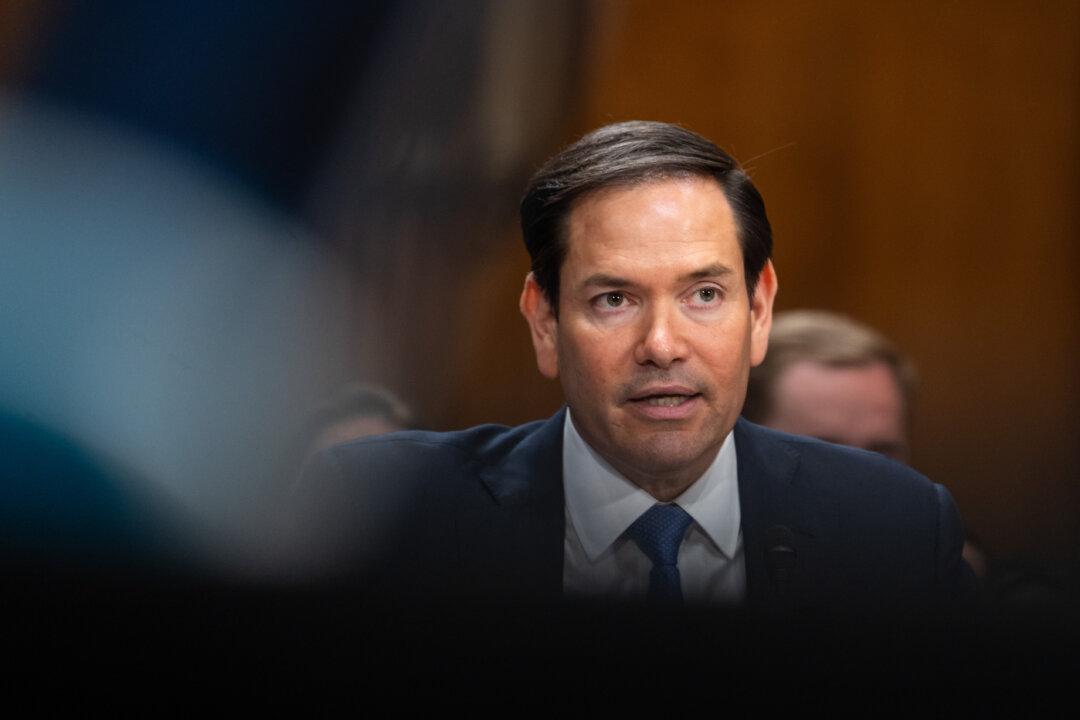A federal judge in California has temporarily blocked the U.S. State Department from moving forward with a planned reorganization involving approximately 2,000 layoffs.
During a virtual hearing on June 13, U.S. District Judge Susan Illston said that her earlier
order—issued in May to halt mass federal layoffs directed by President Donald Trump—also applies to the State Department’s planned workforce reduction. The Department of Justice acknowledged during the hearing that layoff notices set to be issued on Saturday would no longer go out.
The State Department had argued that its reorganization plan, submitted to Congress last month, predated Trump’s February
executive order and a related White House
memorandum directing large-scale cuts across the federal workforce. As such, the department contended, its plan should fall outside the scope of the court’s injunction.
The legal challenge was brought by a coalition of labor unions, advocacy organizations, and local governments, including the American Federation of Government Employees, the Alliance for Retired Americans, the American Public Health Association, the Center for Taxpayer Rights, and municipalities in California, Illinois, Maryland, Texas, and Washington.
The plaintiffs
argue that Trump overstepped his constitutional authority by ordering agency heads to initiate large-scale reductions in force (RIFs) without congressional approval. They also allege that the initiative has created widespread disruption across agencies, affecting critical services.
The president’s Feb. 11 executive order called for a “critical transformation of the Federal bureaucracy” and sought to eliminate what he described as “waste, bloat, and insularity” in the federal workforce.
The effort was
reinforced by a Feb. 26 memorandum from the Office of Management and Budget and the Office of Personnel Management, which instructed agencies to prepare and submit detailed RIF and reorganization plans.
In response to the lawsuit, administration lawyers argued that the executive order and accompanying memo merely set out broad policy guidance and left implementation decisions to the discretion of individual agencies.
On May 9, Judge Illston
issued a temporary restraining order blocking federal agencies from carrying out mass layoffs under the directive. “Federal courts should not micromanage the vast federal workforce, but courts must sometimes act to preserve the proper checks and balances between the three branches of government,” she
wrote. Quoting a filing from a group of conservative former officials, she added: “Unchecked presidential power is not what the Framers had in mind.”
As the court considered whether to convert the temporary restraining order into a preliminary injunction, Justice Department lawyers maintained that agencies—including the State Department—possess independent authority to conduct RIFs, so long as they comply with existing statutes. “Agencies may conduct RIFs under their existing authorities that are independent of the Workforce Executive Order and the process set forth in the Workforce Memorandum,” the government wrote in a May 19
filing.
Illston disagreed, and on May 22 issued a
preliminary injunction extending the freeze on workforce reductions, reiterating that Trump lacked the unilateral authority to implement a broad reorganization of the federal workforce.
At the time, White House deputy press secretary Harrison Fields
called the ruling “an extreme judicial overreach into the executive branch.”
The Trump administration appealed that decision to the Ninth Circuit and
lost. A petition for review is
currently pending before the Supreme Court.
A request for comment on the judge’s June 13 ruling was not immediately returned by the State Department.
Reuters contributed to this report.







